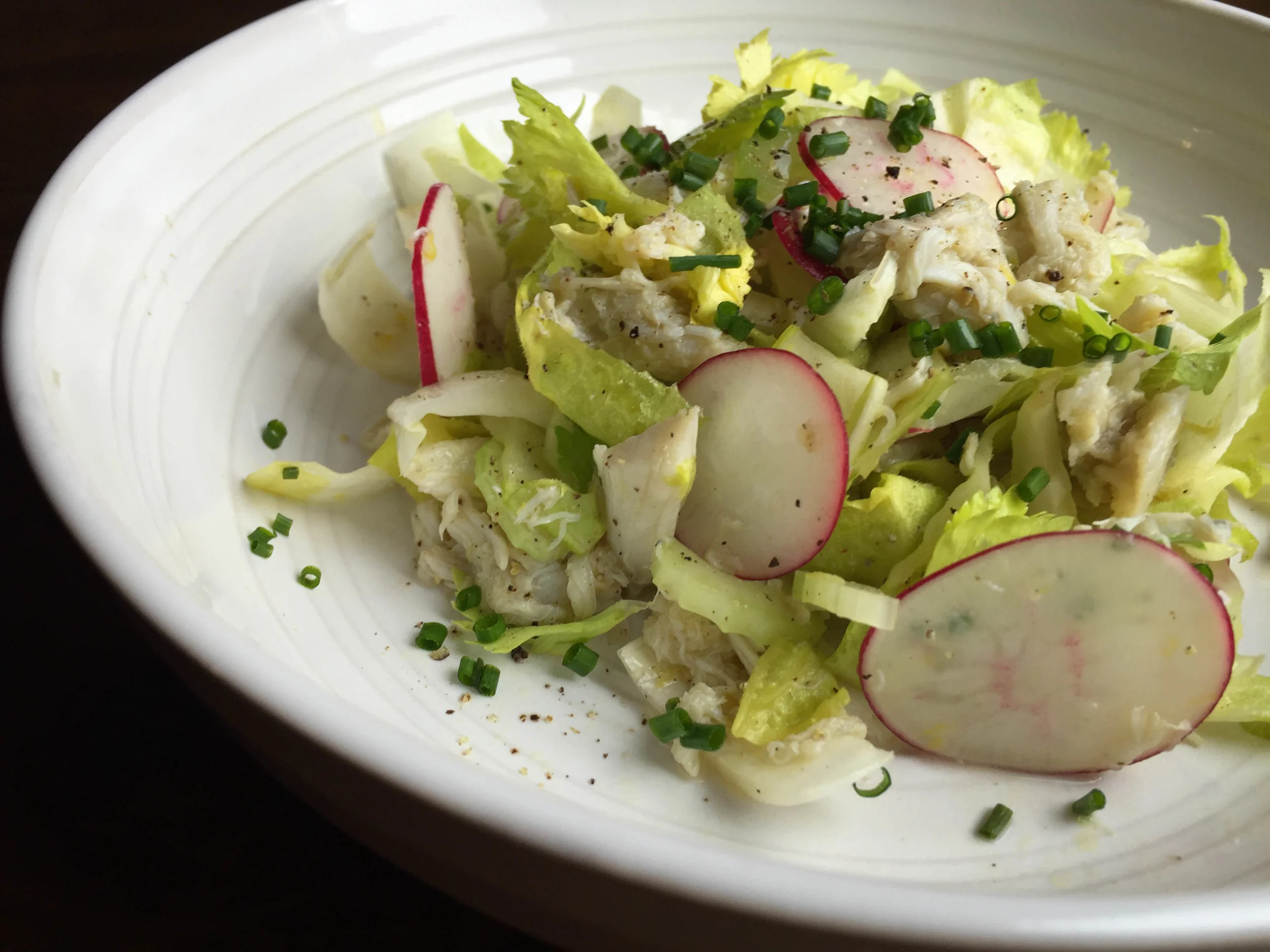Now and then, a recipe comes along that feels truly life-changing. The short crust pastry for the lemon-raspberry tart I wrote about earlier this week was one for me. It wasn't a new recipe when I discovered it a few years ago – it had been right under my nose in the Chez Panisse Desserts cookbook forever, but it was new to me when my friend Michalene pointed me to it. Today it's my go-to recipe for tart crust.
Now a Chinese lacquered roast chicken has changed my life.
There's nothing more delicious than roast chicken, and every cook should have a favorite recipe for it (at least one!) in his or her repertoire. For years, my go-to roast chicken has been the Judy bird – that is the Zuni Roast Chicken from Judy Rodger's The Zuni Cafe Cookbook. It's the spectacularly flavorful, crisp-skinned chicken you have swooned over if you've ever gone to San Francisco's Zuni Cafe and ordered roast chicken for two. I will write about the Zuni chicken soon here on the blog and give the recipe, but the technique is basically this: Tuck fresh herbs under the chicken's skin, rub it all over with a lot of kosher salt, and let it sit in the fridge like that for one or two days. When you're ready to roast, wipe the chicken dry, heat a skillet on the stove, plop in the chicken, transfer it immediately to a very hot oven, and let it roast. No basting, but you have to flip the chicken a couple times and fiddle with temperature. It always results in a fabulous bird.
When I don't plan ahead, I've used the Judy technique without the advance salting, and sometimes even without tucking herbs under the skin. It's still always excellent. I thought my abbreviated version was the simplest great roast chicken possible without a rotisserie.
So when I read about author Peter Meehan's roast chicken approach in the new cookbook Lucky Peach Presents 101 Easy Asian Recipes, I sat up and took note. "We are advocates of a hot-and-lazy approach: one high temperature, one pan, one position, one great result." He talked about how seasoning a bird ahead of time and letting it sit uncovered in the fridge lets him have an easy dinner to pop in the oven anytime in the next three days, and now I was really sitting up straight. This man is sensible! When he wrote, "I started doing this after I fell under the spell of Judy Rodger's Zuni Cafe Cookbook," I dropped the book and ran out to buy a chicken. Invoking Judy's name confers instant credibility.
In the Lucky Peach Presents 101 Easy Asian Recipes cookbook, Meehan offers three roast chicken recipes. For me, it was a no-brainer: Lacquered Roast Chicken.
Irresistible, right?
Here's the deal. This is the easiest roast chicken recipe in the universe, and the result is magnificent.
All you do is this: Paint a chicken with a mixture of half-honey, half soy sauce, then sprinkle it with salt. Let it sit uncovered in the fridge for one or two days, then roast it in a 400 degree F. oven for 50 minutes. That's it. No basting, no flipping, no lowering and raising temperatures. Let it rest 15 minutes, then carve it and here's what you get:
I kid you not. The skin was wonderfully crisp, the meat super-flavorful and both dark meat and white meat were perfectly cooked. The white meat was moist, juicy and delicious as the dark meat. A miracle! I can't wait to try it again.
Here's the recipe:
Want something smashing this weekend? Pick up a chicken tonight or tomorrow, paint it with lacquer and it'll be ready to pop in the oven Friday or Saturday evening. Or paint a bird with the lacquer on Sunday afternoon and leave it in the fridge so you can roast it for an easy weeknight dinner next week. And please let us know – in a comment here – how you love it!
Meanwhile, I told Michalene about it, and what she said glued me to the ceiling: "Have you tried it on a duck?" Oh, man.
NOTE: I later made the chicken again, and it required ten minutes longer to cook – about an hour total roasting time. When it's done, the skin will be mahogany, and the legs will wiggle freely at the joints "like you could almost tear them off," as Meehan writes. The internal temperature should be 165 degrees F at the thickest part of the breast and where the thigh meets the breast. Also, when you're preparing the bird, don't worry if some of the glaze falls off the bird – it doesn't matter. That's why we have foil lining the pan.









